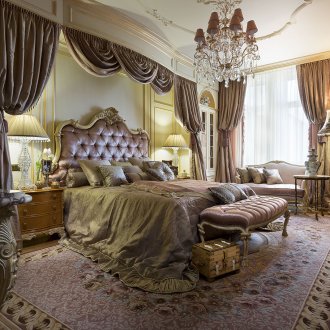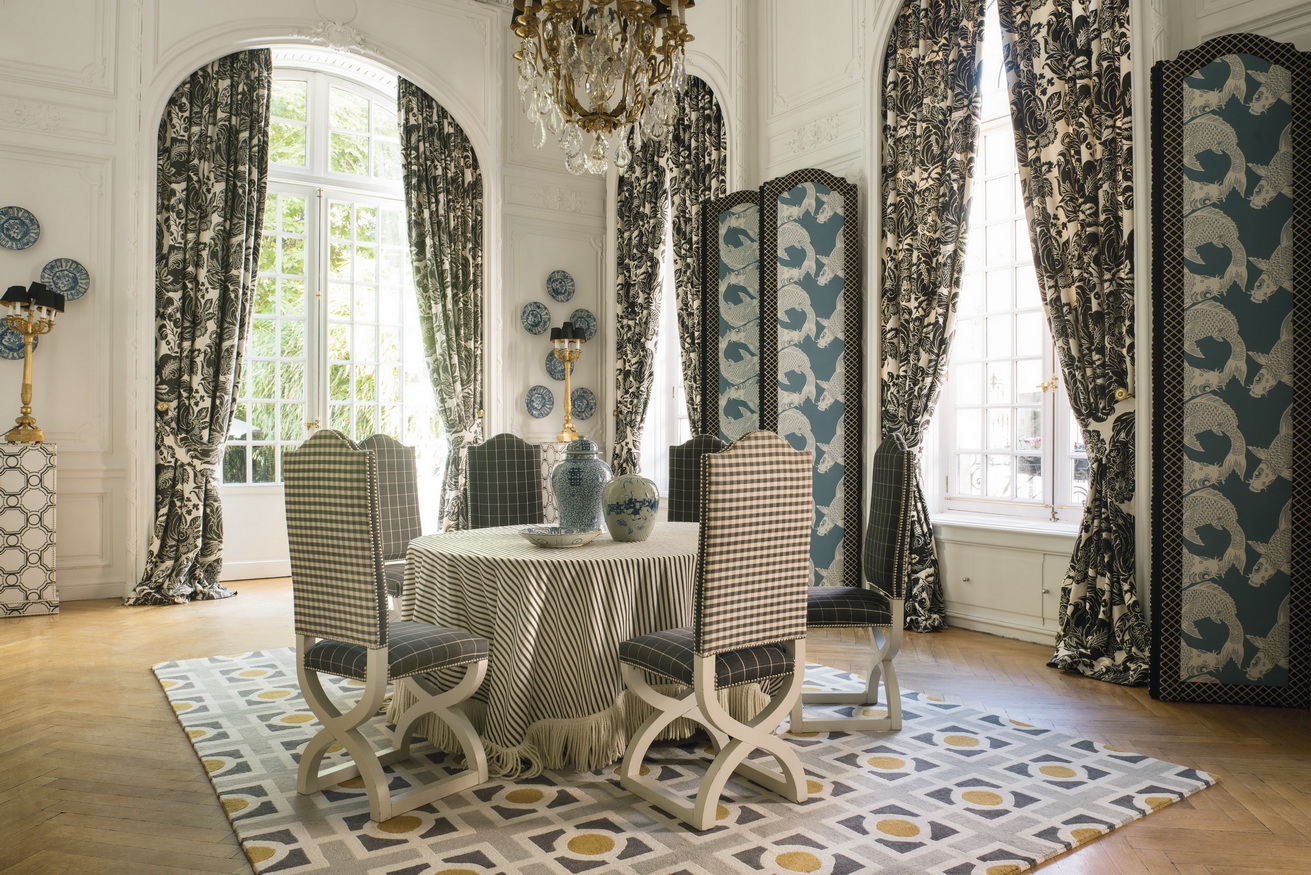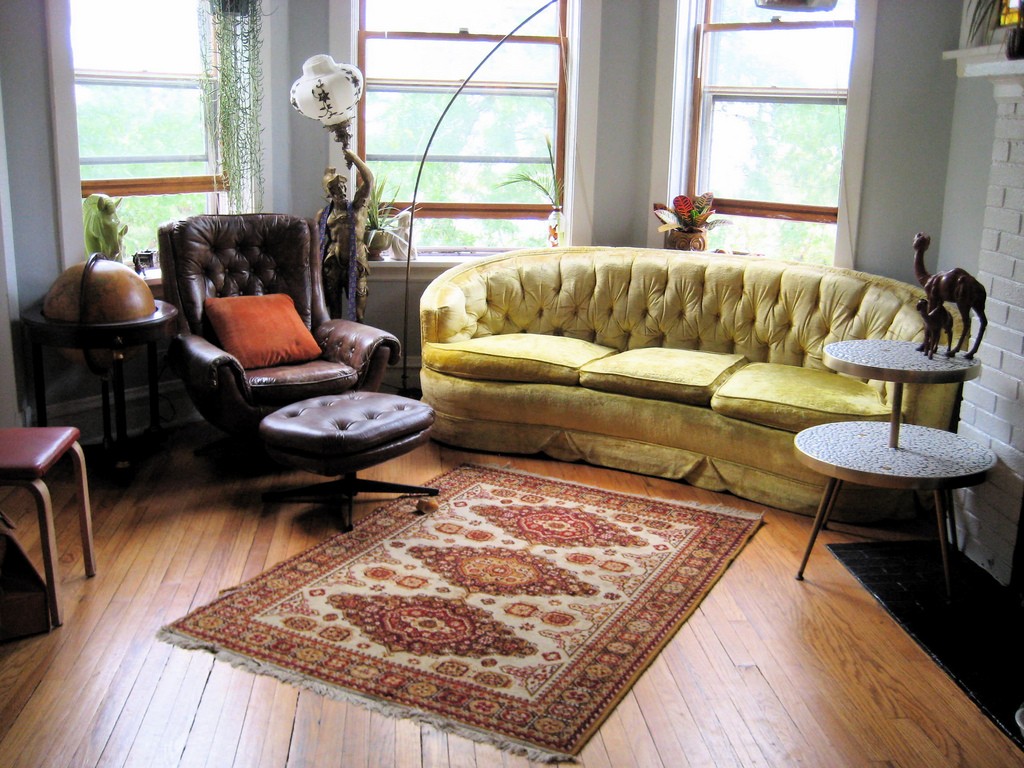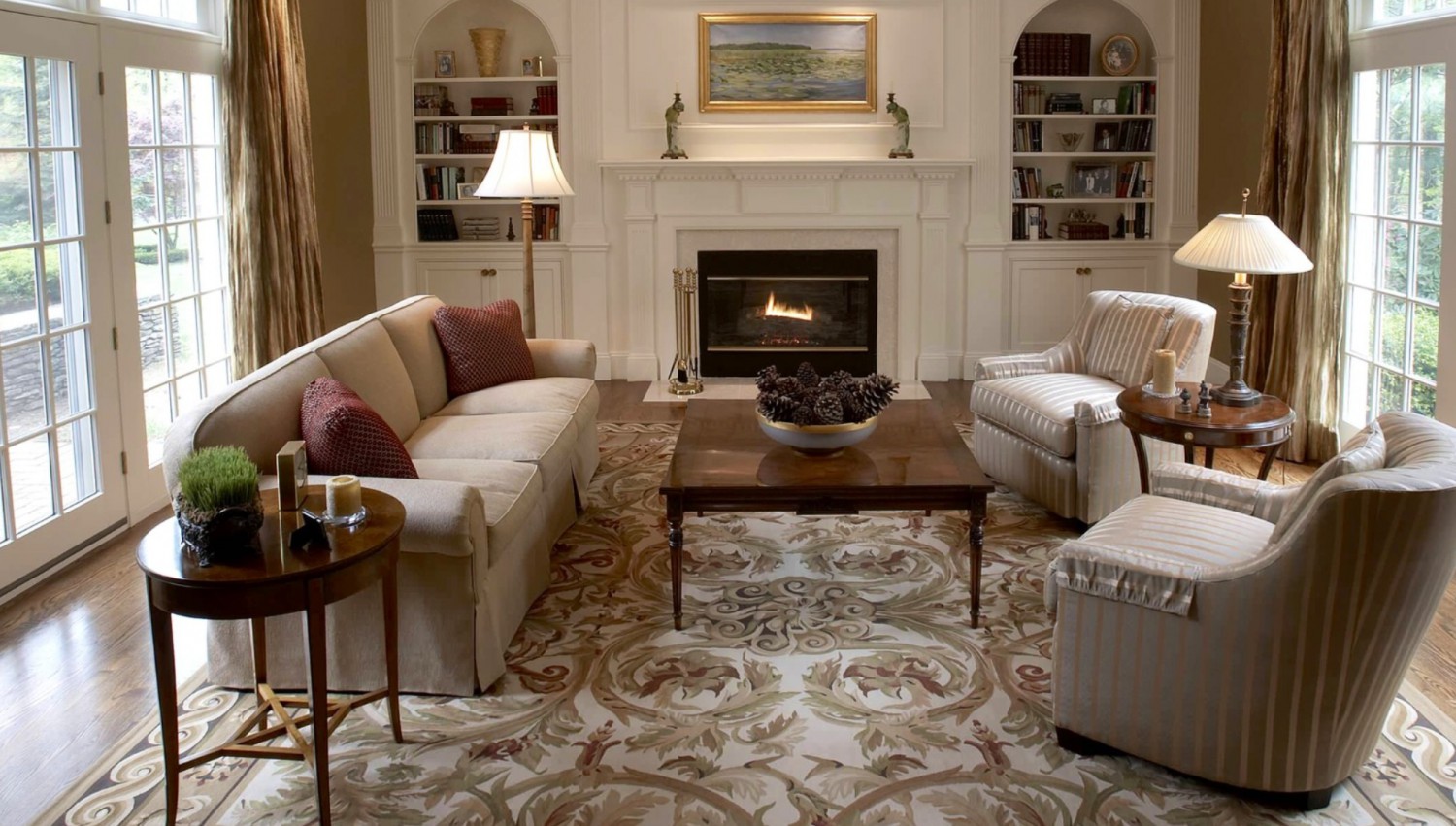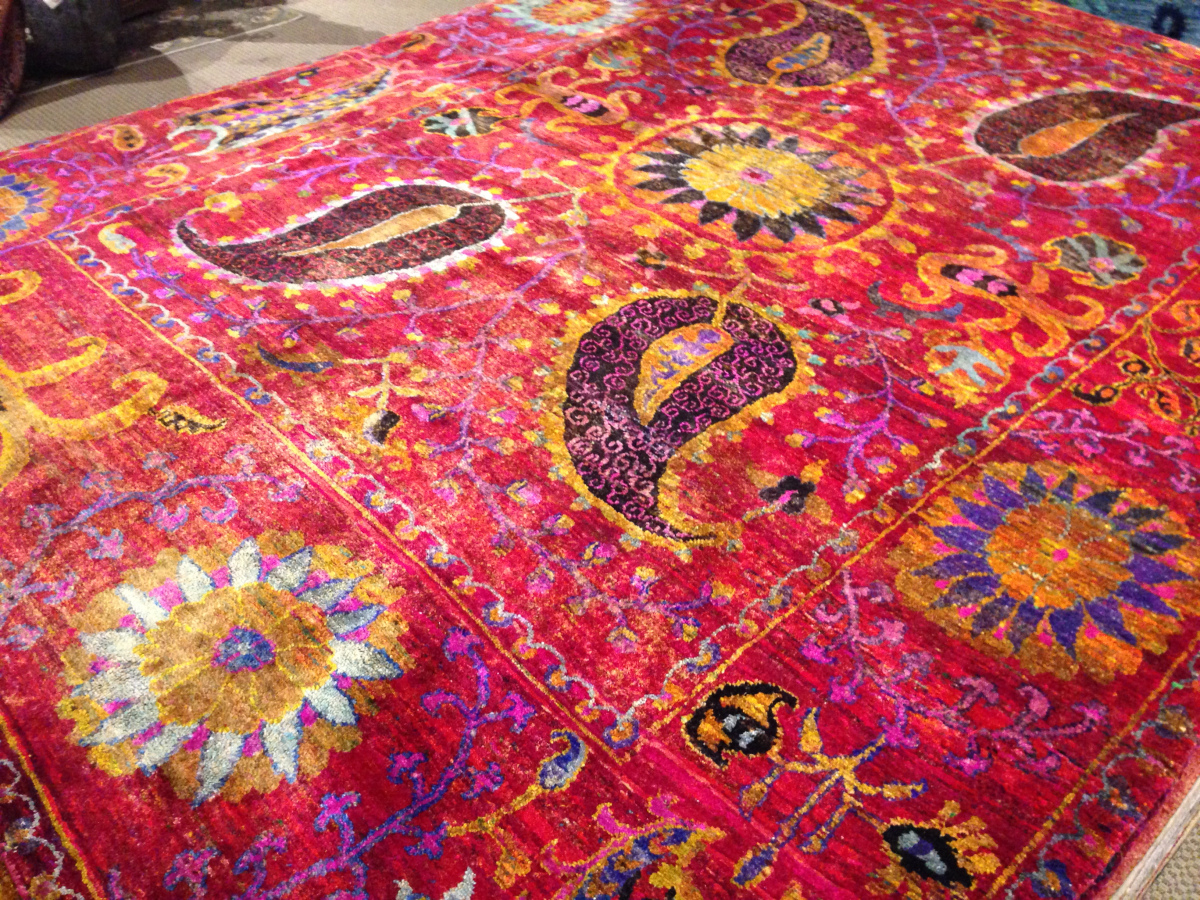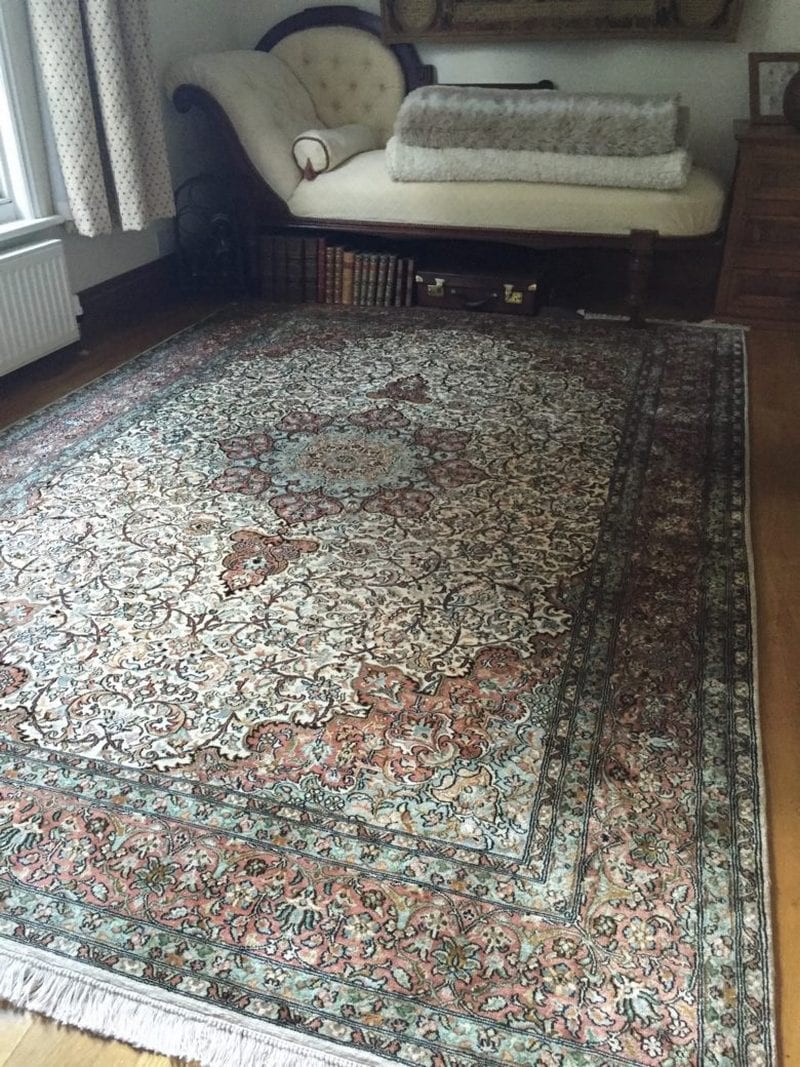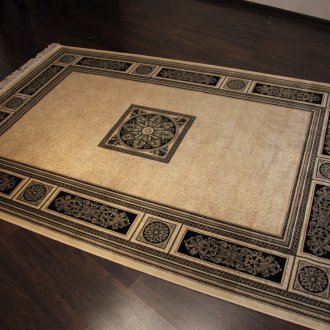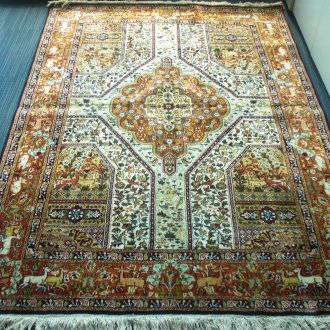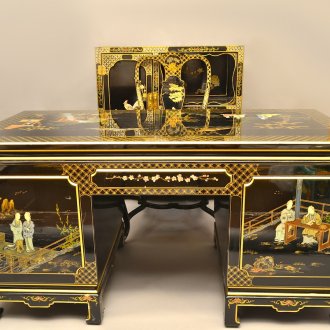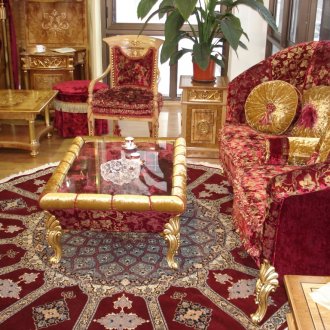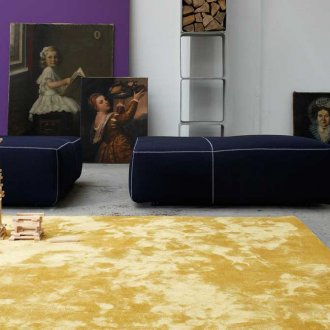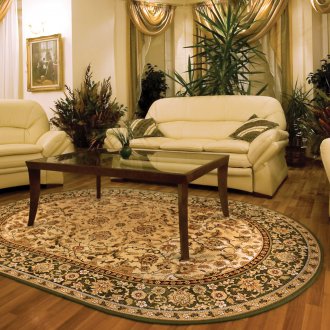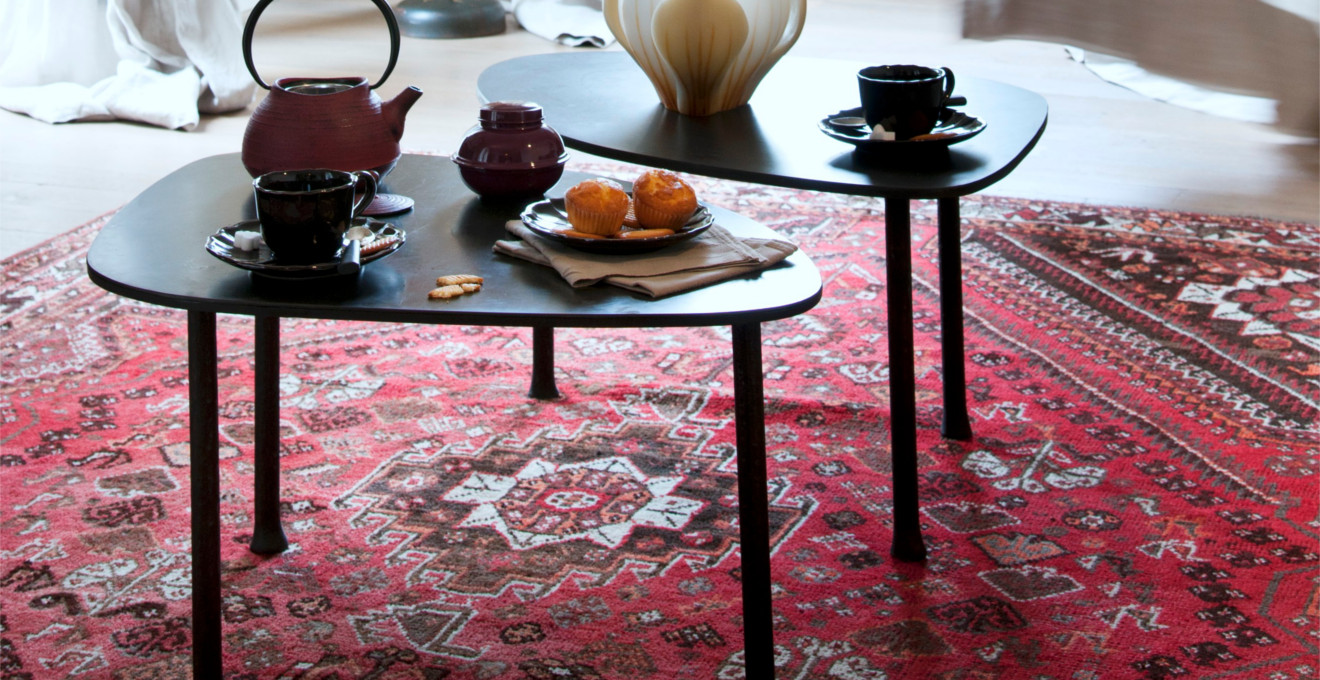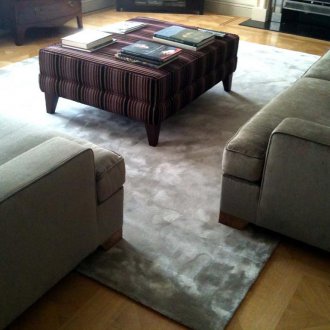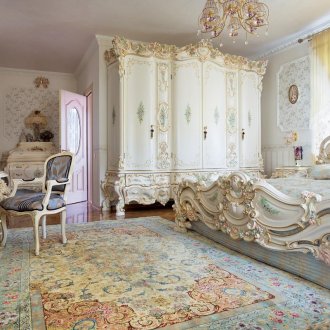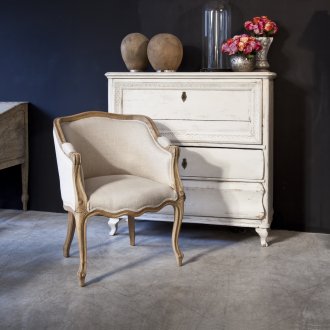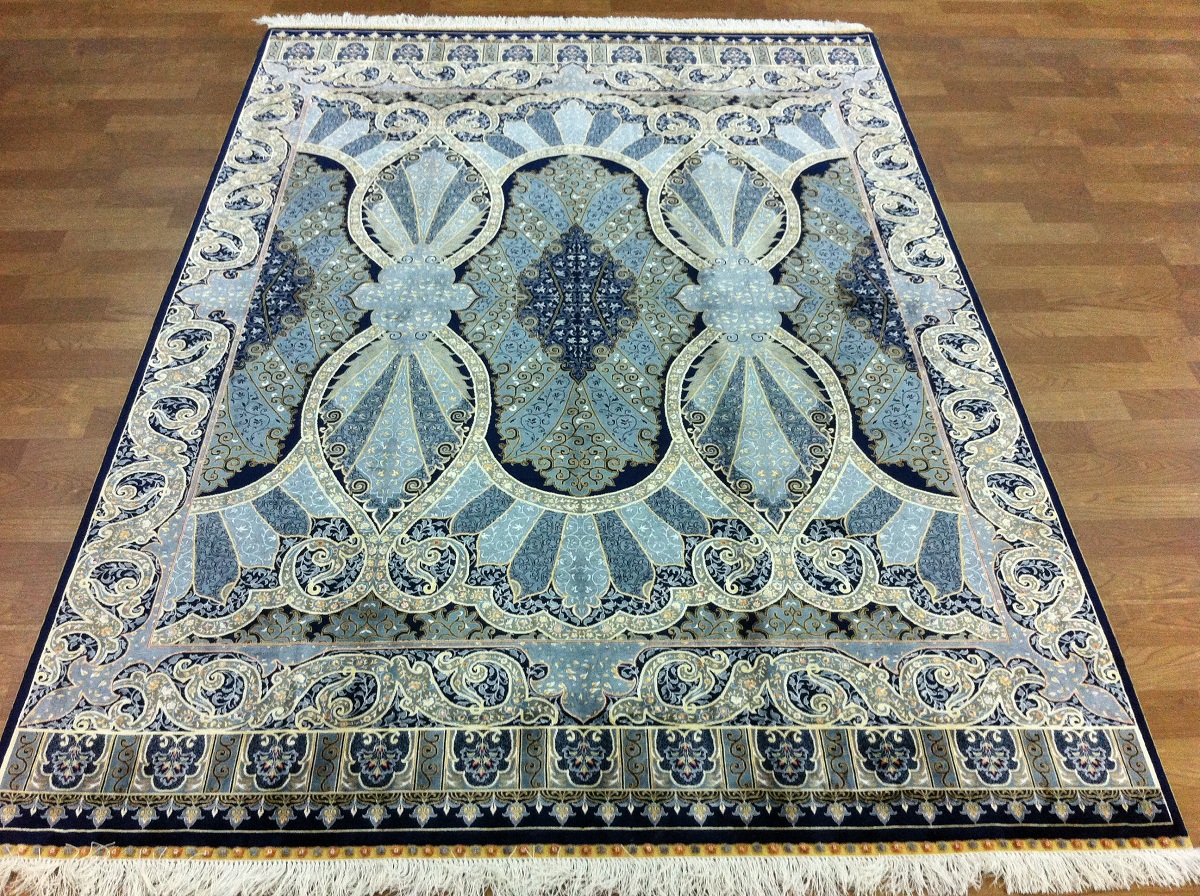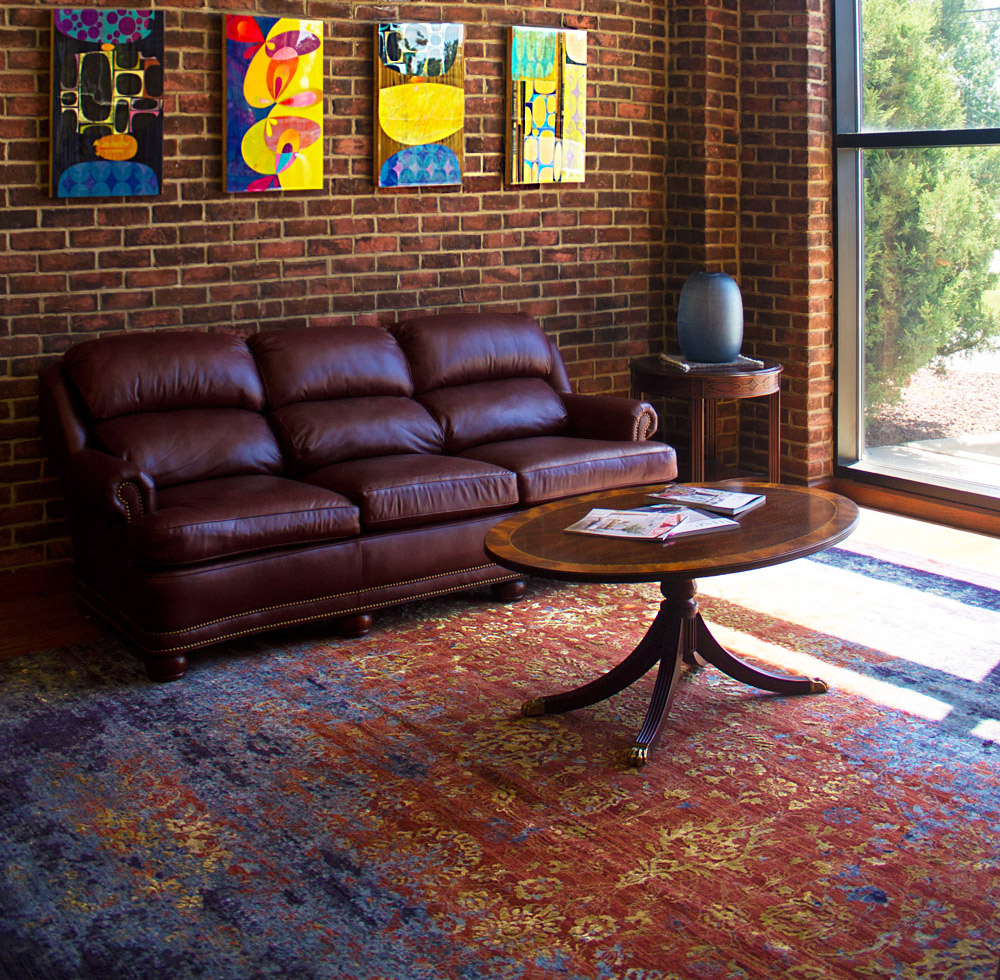Silk carpets: luxury of the East (22 photos)
Content
Almost always in the interior there is a soft fluffy carpet - a source of home comfort, warmth, an indicator of the prosperity of the owners. In this segment there are real "aristocrats" - natural silk products.
History
The Chinese came up with silk, everyone knows about it. The first silk carpets appeared, probably, in the same place. But for thousands of years, China was an isolated empire, so the rest of the world did not know about it.
Carpets have been woven for centuries in the East, but from woolen threads. When the borders of the Celestial Empire were opened, people admired the unprecedented weightless carpets. The Chinese were in no hurry to divulge manufacturing technology. The ancient Persians managed to solve the secret two hundred years before our era. However, Chinese silk carpets were still valued: the unattainable quality for competitors was ensured by the experience of millennia.
However, according to Turkey, it was they who wove the first carpet in the East. It happened near Istanbul in the town of Hereke. It had a unique weaving with a knot on each thread, called the double Turkish.
Valuable exclusive
Each product makes manual manufacturing unique. The machine cannot surpass the person in work with delicate material.
Natural silk carpets are divided into fully silk and combined: with a base of woolen fibers, cotton or linen. The first are the lightest, high-quality and expensive. Raw materials require a thicker thread than usual. It is obtained by feeding silkworm oak leaves.
Real Iranian carpets or analogues from other countries have two hundred knots per square with a side of one centimeter. These products are environmentally friendly, hypoallergenic, antistatic. They are dyed only with natural dyes: basma, antimony, turmeric. High density and special weaving technique give strength, and with good care the carpet will delight several generations of the family.
Carpet weaving centers
The ancestor of the craft in the world recognized ancient Persia (its modern name is Iran). Here, hand looms are still in use, and Iranian carpets are the best. Turkish carpet artworks compete with them in popularity. In third place is Chinese silk. Indian, Pakistani, Turkmen silk carpets are in demand.
Iranian
Iran is traditionally the largest manufacturer of handmade carpets. Everyone in the world knows Iranian carpets. This is a business card of the country, therefore quality is monitored here.
Handmade Iranian silk carpets are made from the best raw materials and natural dyes. They are distinguished by a single Iranian knot, a design with an ornament of flowers and leaves, images of animals; A warm tone combined with rich colors.
Silk Persian rugs are woven in the only region of the country - Qume. They are more valuable than woolen or combined. Carpets from Kuma are distinguished by low pile and background in brown-beige, turquoise-green shades, ivory. Iranian carpets from Kuma are distinguished by ornaments - squares decorated with a floral pattern.
Turkish
Turkish silk carpet consists of warp and pile threads. Weaves using double knot technology or symmetrical knitting.
Primary colors, beige and brown, symbolize peace and tranquility.One of the main attributes is an ornament in the form of lines, flowers, leaves, trees, figures, signs and symbols.
The center for the production of magnificent silk carpets is the city of Hereke. Carpets of this brand are recognized by their softness, pastel shades and floral patterns (in other regions they prefer geometric).
Chinese
Handmade Chinese silk carpets are considered the most valuable in the world. This is an object of hunt for collectors. The base and the pile are made of weightless natural silk, but they are very dense, sometimes superior to their Persian counterparts.
In China, carpets are made, the silk of which has an incomprehensible ability to change shades at different angles and lighting. They are pleasantly cool to the touch.
The symmetric ornament is made up of lush patterns with medallions, borders, spaces filled in four directions. This is a Beijing style of weaving.
Chinese carpets are characterized by careful study of the smallest details. The color scheme is the same for all provinces: white, red, black, beige, yellow, blue. Pastel shades are exported: pink, turquoise, dark blue. They are ideal for European interiors.
Indian
The best are Kashmiri silk carpets. Wall-mounted ones are usually woven from silk to silk (the most expensive ones) or from a cotton base. Floor - these are carpets “wool with silk”.
Carpets from India are famous for the combination of pink, red, blue, green, yellow. They are made in a modern or classic design. Classics implies an ornament of plants and flowers - symbols of renewal, health, good luck. Modern style - these are straight lines that glow in the dark thanks to a special treatment.
Goa carpets are attractive: patterns of trees, exotic birds, animals, flowers, with intense rich colors.
Real or not?
Silk carpets are always expensive. But not every expensive example is real. Difficulties in recognition are caused by the similarity of silk and viscose products. However, there are ways to establish the truth.
- Price. Hand-made is done in a single copy, so it is not cheap. He does not need discounts, as it is being sold at a high price.
- Combustion. Synthetics, burning, spreads the plastic spirit, cotton turns to ash, as if from paper. The silk melts, exuding the smell of singed hair. This is difficult to verify: setting an expensive thing on fire, even a single bundle, is a pity.
- Friction. A more humane, but not one hundred percent way. If you rub natural silk, it will become warmer. However, viscose also heats up.
- Structure. When twisted into a roll, the silk fibers do not break, do not crack, their structure is not broken, as in viscose.
- Tactile sensations. Real silk is pleasant to the touch, soft, elastic. It is easily wrinkled.
- Certificate. Like any expensive product, handmade silk carpets are always supplied with relevant documents confirming the quality and origin. The absence of them from the seller clearly indicates a fake.
If there is no certainty, it is worth contacting a specialized laboratory.
Hand-made or car?
Whether the carpet really stores the warmth of the human hands that weaved it, as the seller swears, can be established on several grounds.
- Fringe. By making it manually, it is created from warp threads. Sew to the machine product that they give screeds along the side sheathing.
- The identity of the face and the wrong side. In the manual version, both sides are the same in brightness. The machine work is dull inside out.
- Substrate. In machine samples, a hard-to-glue adhesive base. For handicrafts, flexible threads are used.
- Pile. In the hand-made, thick, without gaps, dense. A woolen base with a silk ornament or pure silk is used.
- "Defects." A man weaving, for example, Iranian carpets is not a robot or a computer, therefore his work is not as perfect as thousands of clones stamped by a machine.But this is all the beauty: subtle deviations in the pattern or tonality, subtle symmetry breaking. They are unique; it is very difficult to make a “twin”.
- Handmade label on the carpet from the wrong side.
Based on these characteristics, it is possible to distinguish a product from machine work from manual work and buy a truly unique thing.
Rules Care
Silk carpets are durable, but easily and quickly soiled. Regardless of the manufacturing method, they require delicacy in use and care in care, which consists in the following:
- it is impossible to vacuum in any way, especially with household chemicals, so as not to destroy the structure of the carpet;
- they get rid of dust by shaking them out monthly;
- clean in the direction of the pile with a soft brush or suede;
- spots are removed with a weak soda solution;
- solid fragments that have fallen on it are removed without delay, the liquid is carefully collected (in no case to rub!) from the carpet;
- they dry the product in the shade and at natural temperature (without heating with a hairdryer, laying on a battery or in direct sunlight).
These requirements apply if you have artificial silk carpets. They are also attractive, but do not require special attention and give owners much less trouble.
Heavily soiled natural silk rugs require only dry cleaning. Cleaning silk carpets is a costly undertaking, but it is impossible to take into account all the nuances at home. It’s better not to save, because it costs even more.
Compliance with these rules will extend the life of a valuable thing. It will last longer and become a family heirloom.
Silk rugs in the interior
They, like any natural material, are much less resistant to abrasion compared to synthetics, they quickly become dirty, and professional cleaning of silk carpets is not cheap. Therefore, they are not laid in rooms with intensive movement and a large number of people. In private housing, the optimal solution is an office or a bedroom. In public places such as restaurants or hotels, these are attributes of VIP zones. They give status to the office of the head or business person.
It is better to hang it on the wall: beauty will manifest itself to the maximum, they will be admired from all sides and angles.
Such coatings organically fit into oriental or classic interiors. Spacious rooms will be decorated with a product of any color and tone, small rooms with light pastel shades.
